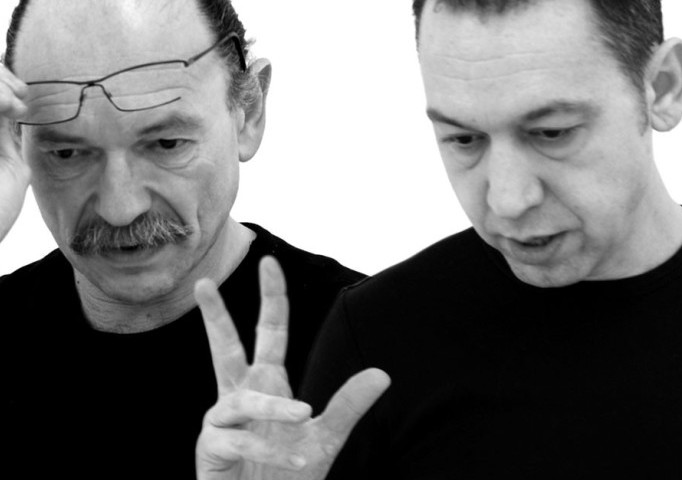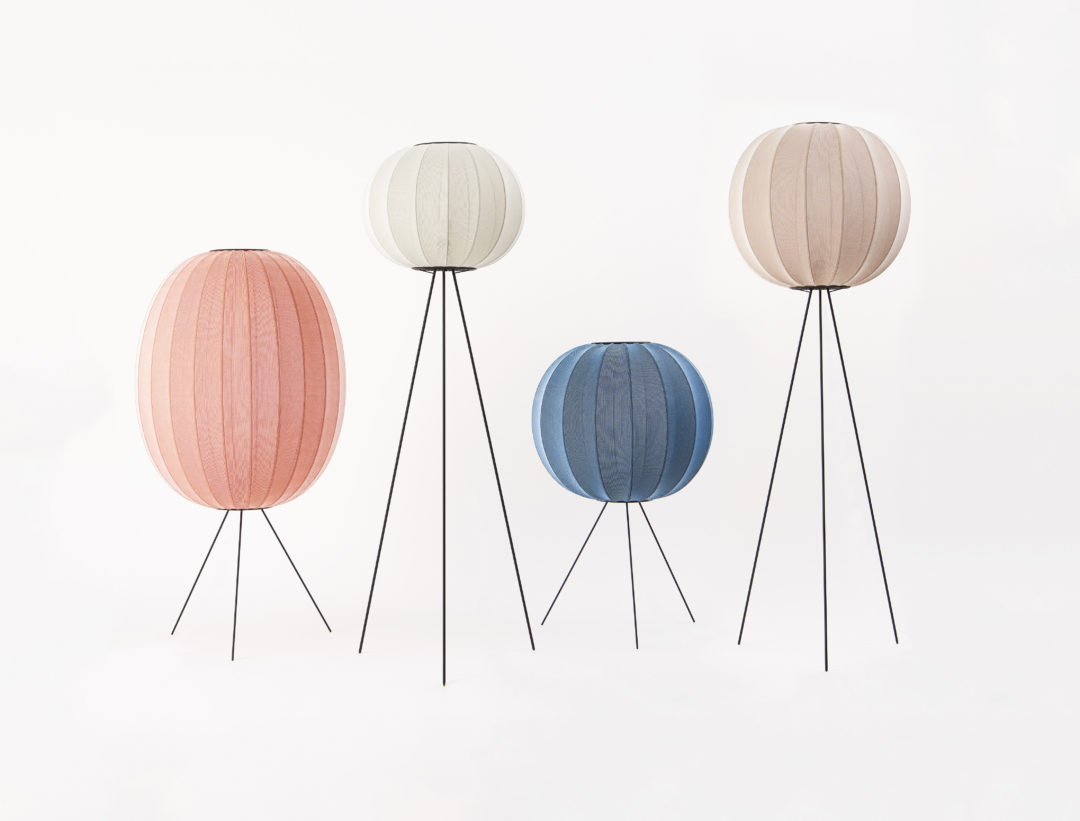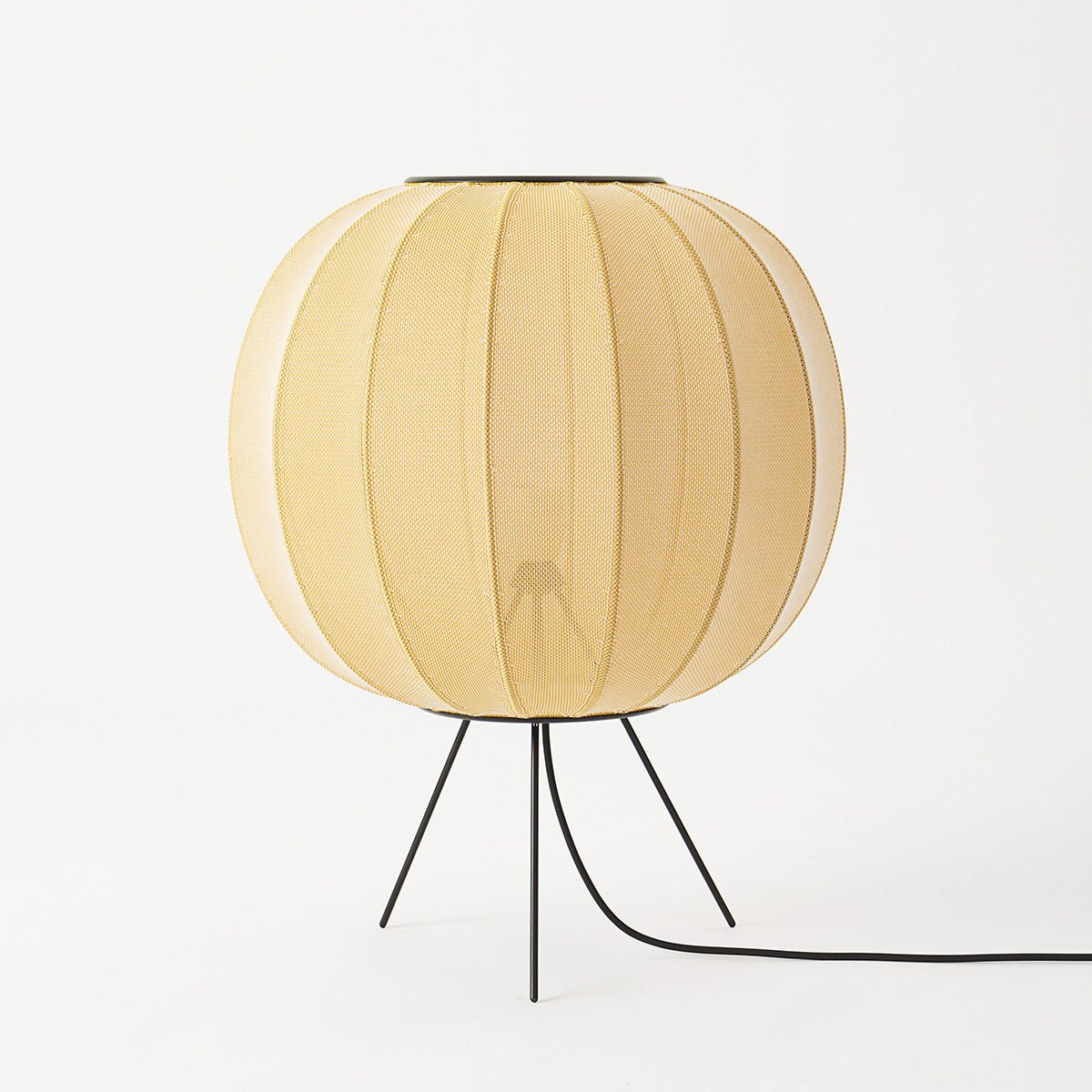The Knit-Wit
Though knitting is an old craft, it hasn’t yet been exploited for modern design lamps, and this was the fundamental aspiration for Made by Hand. The knitted materiality of the Knit-Wit lamp distributes light through the yarn’s pattern, making each lamp distinctive and decorative.
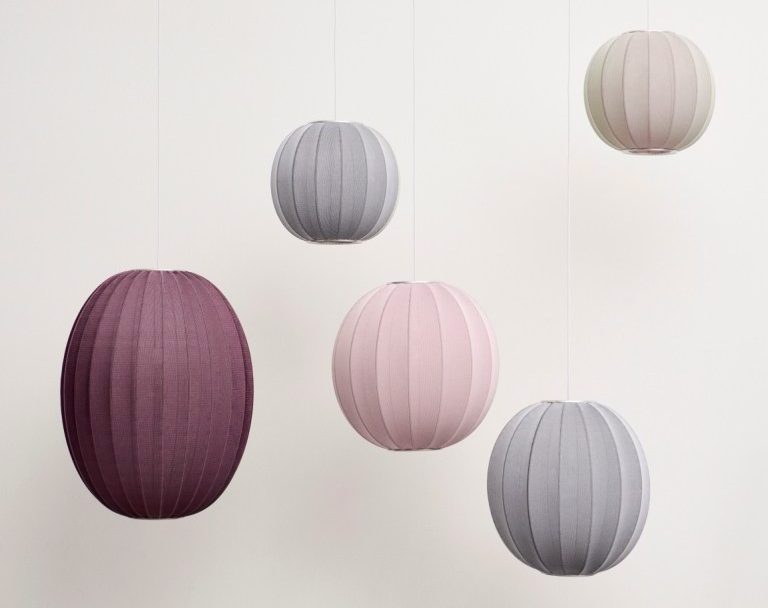
3D-knitted materiality
Distributes light through the yarn’s pattern.
Flexibility and transparency
Knit-Wit is the first knitted modern lamp.
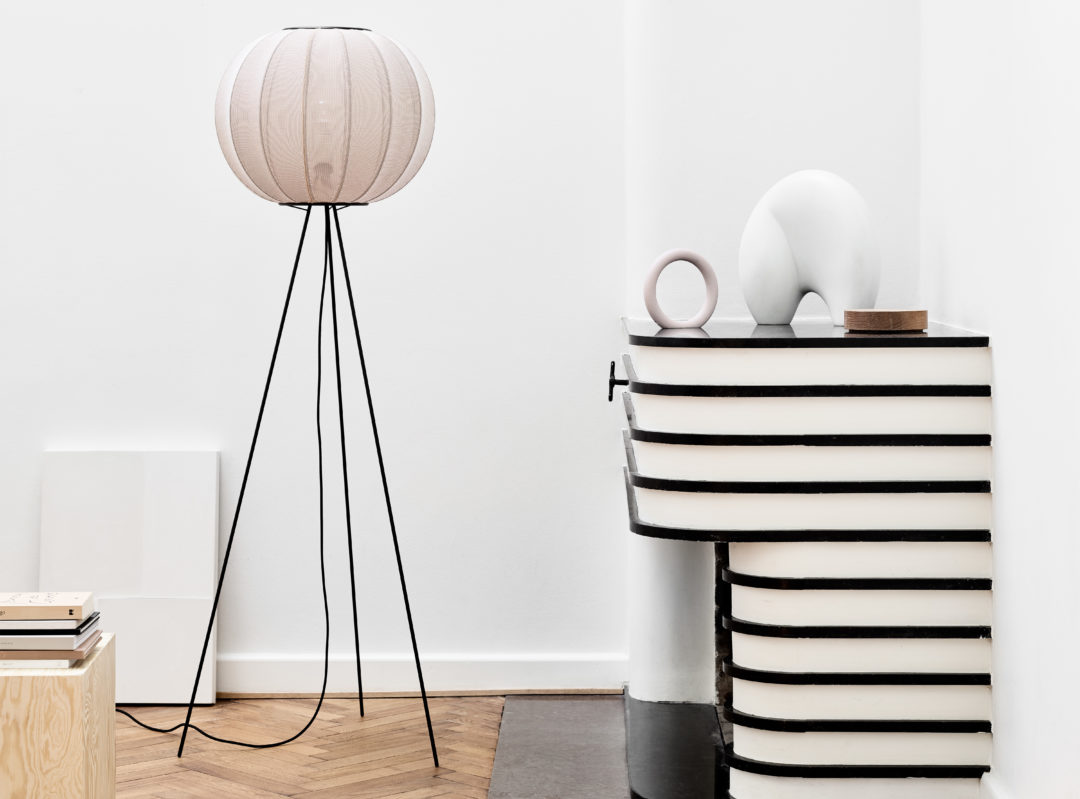
Sustainable production
No cut-offs – No waste in the production.
A design by ISKOS-BERLIN
Distinctive and decorative in any style and setting.
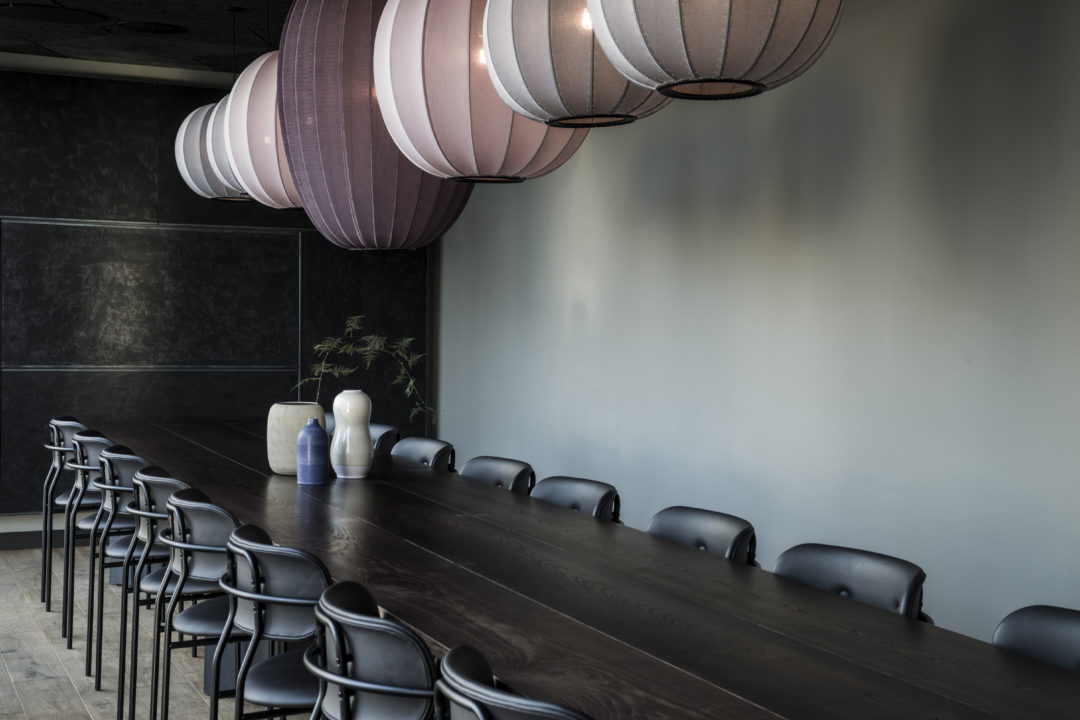
Knit-Wit means..
“a person with a flair, knack or love of knitting/crocheting craft; handy with yarn and needles; a knitting/crocheting enthusiast”
